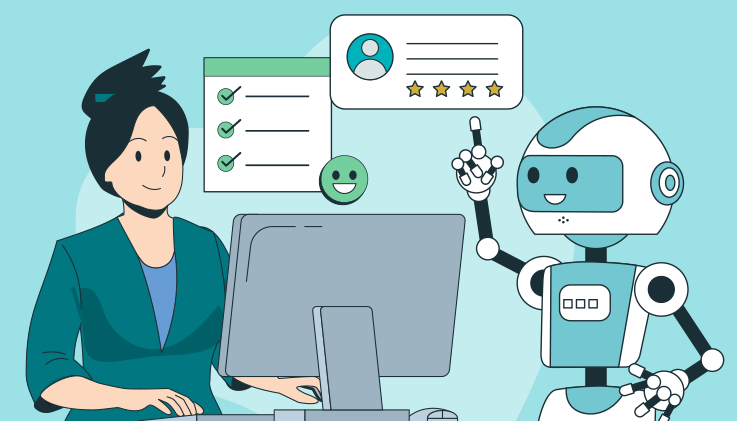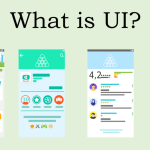In an increasingly digital world, the ability of machines to understand human intent is becoming vital for improving interactions between people and technology. Intent recognition, a subfield of natural language processing (NLP) and artificial intelligence (AI) focuses on interpreting the underlying meaning behind a user’s input, whether spoken or typed. This capability enables systems to respond appropriately, making interactions more efficient and user-friendly. This article explores the fundamentals of intent recognition, its applications, challenges, and future developments.
What is Intent Recognition?
Intent recognition refers to the process of identifying the goal or purpose behind a user’s input, such as a query, command, or request. This technology allows systems to discern what users want to achieve, enabling more natural and context-aware interactions.For example, when a user types “Book a flight to New York,” the system must recognize that the user intends to book a flight rather than simply seeking information about flights. Accurate intent recognition is crucial for systems like virtual assistants, chatbots, and customer support platforms, where understanding user needs leads to improved service and satisfaction.
How Intent Recognition Works
The process of intent recognition involves several key components:
- Natural Language Understanding (NLU): Intent recognition relies heavily on NLU, which allows machines to interpret and understand human language. This involves parsing the input to extract meaningful elements, such as keywords and phrases.
- Machine Learning: Intent recognition models often employ machine learning algorithms to improve accuracy over time. By training on large datasets containing various user inputs and their corresponding intents, these models learn to recognize patterns and make predictions about new inputs.
- Feature Extraction: This step involves identifying the characteristics of the input that are most relevant to determining intent. Features may include specific keywords, sentence structure, and contextual information derived from previous interactions.
- Intent Classification: After extracting features, the system classifies the input into predefined categories of intent. For instance, intents might include booking a service, requesting information, or making a complaint. The classification process often uses supervised learning techniques, where the model is trained on labeled data.
- Contextual Understanding: To enhance accuracy, advanced intent recognition systems consider the context of the interaction. This may include the user’s previous requests, preferences, and even the time of day. Contextual understanding enables more personalized and relevant responses.
Applications of Intent Recognition
Intent recognition technology has found applications across various sectors, enhancing user experience and operational efficiency:
- Virtual Assistants: Assistants like Siri, Google Assistant, and Alexa rely on intent recognition to process voice commands. Users can perform a variety of tasks—such as setting reminders, playing music, or asking for directions—by simply speaking their intent.
- Chatbots: Businesses increasingly deploy chatbots on websites and messaging platforms to assist customers. Intent recognition enables these bots to understand inquiries, resolve issues, and guide users through processes like booking appointments or making purchases.
- Customer Support: Intent recognition enhances customer service by allowing support systems to classify and prioritize incoming requests. This ensures that urgent issues are addressed promptly while providing users with relevant solutions.
- E-commerce: Online retailers use intent recognition to personalize shopping experiences. By understanding user intentions, these platforms can recommend products, assist with checkout processes, and provide tailored promotions.
- Healthcare: In healthcare, intent recognition helps streamline patient interactions. Patients can describe their symptoms or ask questions, and the system can classify the intent to provide relevant information or direct them to the appropriate healthcare professional.
- Smart Home Devices: Intent recognition enables smart home devices to interpret user commands. Whether adjusting the thermostat, turning on lights, or playing music, the ability to understand intent makes these interactions seamless.
The Future of Intent Recognition
As technology advances, the future of intent recognition holds exciting possibilities:
The adoption of deep learning techniques is enhancing intent recognition capabilities. These methods can capture complex patterns in language, improving accuracy and contextawareness.Future systems may incorporate multimodal input, allowing users to communicate through text, voice, and visual elements. Combining different modes of interaction can provide richer context and enhance understanding.
Intent recognition will increasingly leverage user data to deliver personalized experiences. By understanding individual preferences and behaviors, systems can provide more relevant and tailored responses.Combining intent recognition with other AI technologies, such as emotion detection and sentiment analysis, will lead to more nuanced understanding and responses. This integration can create more human-like interactions.As intent recognition systems become more prevalent, addressing ethical concerns related to privacy, bias, and transparency will be crucial. Developing fair and accountable AI systems will be essential to gain user trust.
Conclusion
Intent recognition is a pivotal technology that enhances the way humans interact with machines. By understanding the intentions behind user inputs, systems can provide more relevant, efficient, and personalized responses. As the demand for improved human-machine interaction continues to grow, ongoing advancements in intent recognition will play a vital role in shaping the future of technology. By overcoming current challenges and embracing emerging trends, businesses can leverage intent recognition to create more engaging and satisfying user experiences, ultimately driving success in a digital-first world.



